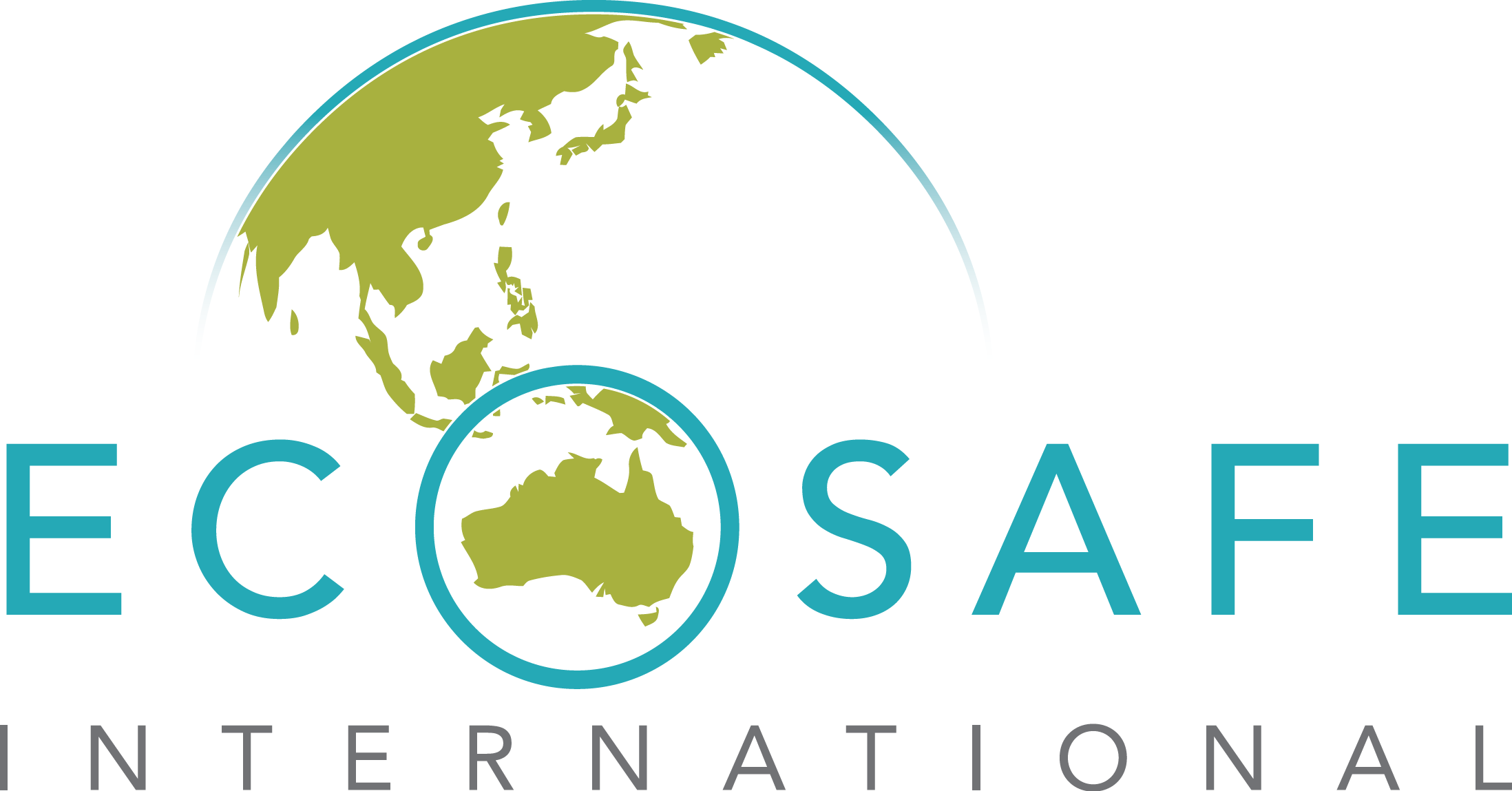The start to 2021 has been a busy one in the Water Industry and Ecosafe International has provided a brief summary of the key items which may be of interest or use for internal discussions at your organisation.

Legislative Updates
Australian Drinking Water Guidelines Version 3.6
There have been some key updates to the ADWG with the release of version 3.6 including:
- Inclusion of guidance on the short-term exposure values for key health parameters during temporary contamination events such as extreme weather
- Editorial changes have been made to correct minor errors, including:
- CAS number in the glyphosate factsheet
- contact details for jurisdictional health departments
- consistency in terminology (‘health-related’ replaced with ‘health-based’ in reference to chemical guideline values)
- removal of information on the Community Water Planner updated hyperlinks and references.
Australian Drinking Water Guidelines Considerations
- Chemical Fact Sheet – lanthanum with a chemical health guideline value of 0.002mg/L. With inclusion of Lanthanum fact sheet additional risk management considerations should be considered.
Potential Implications/Actions for your Operations
- The inclusion of the short-term exposure values/process for the assessment of chemical results above the health-based guidelines may be worth including in your Incident Response Protocols/Trigger Action Response Plans and/or Water Quality Management Plan.
- We note that this new method is most likely to only be applicable in an acute catchment contamination event rather than a chemical exceedance detected during routine verification monitoring.
- The purpose of this inclusion is to help keep water systems online where it is safe to do so in the event of a short-term chemical exceedance (such as a chemical spill near a source bore).
- The inclusion of lanthanum as a chemical health value requires consideration of this parameter in Risk Assessments and Monitoring Schedules particularly where water sources are impacted by run-off from agricultural soil where it has been used as fertiliser, from the weathering of rock, from specific discharges or use as a phosphate binder, and from leaching from the tailings of rare earth mining.

Noted Industry Trends
Sabotage, Vandalism and Unauthorised Access
Sabotage, Vandalism and Unauthorised Access is often identified as a water supply system Hazard when conducting a Qualitative Risk Assessment and the threat of cyber-attack / hacking as a form of sabotage is increasing within the water industry due to a number factors which includes:
- Increased trend towards using the internet for protests and public disruption
- The low effort and anonymity of cyber-attack compared with traditional sabotage
- The transition of water supply scheme management particularly treatment barriers to online control systems such as SCADA and CITRIX; and
- The reliance within Australia on the engagement of remote support from water treatment service providers.
The following articles are examples of where cyber-attack or hacking has been recently seen in the water industry: hackers-access-program-controlling-floridas-town-water-in-attempts-to-poison-it-with-harmful-chemical and once-again-someone-tampered-with-an-entire-drinking-water-supply-via-the-internet. Note: Ecosafe recognises that news articles from unverified sources is not the ideal source of information, however we believe it is worthwhile to be aware of potential water quality events around the world to help calibrate the likelihood of water quality events.
Ecosafe International’s standard Qualitative Risk Assessment does include a line item regarding “unauthorised access and sabotage” and to test your preparedness in this area, Ecosafe offer facilitation of a mock cybersecurity incident where operators and IT support staff are put to the test to determine the effectiveness of existing controls.
Thermophilic Naegleria in Recreational Water
Whilst there is a justified focus on the risk associated with the infection of drinking water users by Naegleria fowleri recreational water can often be overlooked. It is well documented that the risk of infection from N. fowleri increases in recreational water use due to the increased likelihood that water can be forced/pushed up the nasal passage in higher volumes. The following article has some interesting points regarding this from an interview with the WA Department of Health: australian-officials-warn-of-naegleria-fowleri-risks-with-recreational-water-users
Should you wish to discuss the above information in further detail or require any additional support please connect with us on Facebook or LinkedIn to stay up to date.
